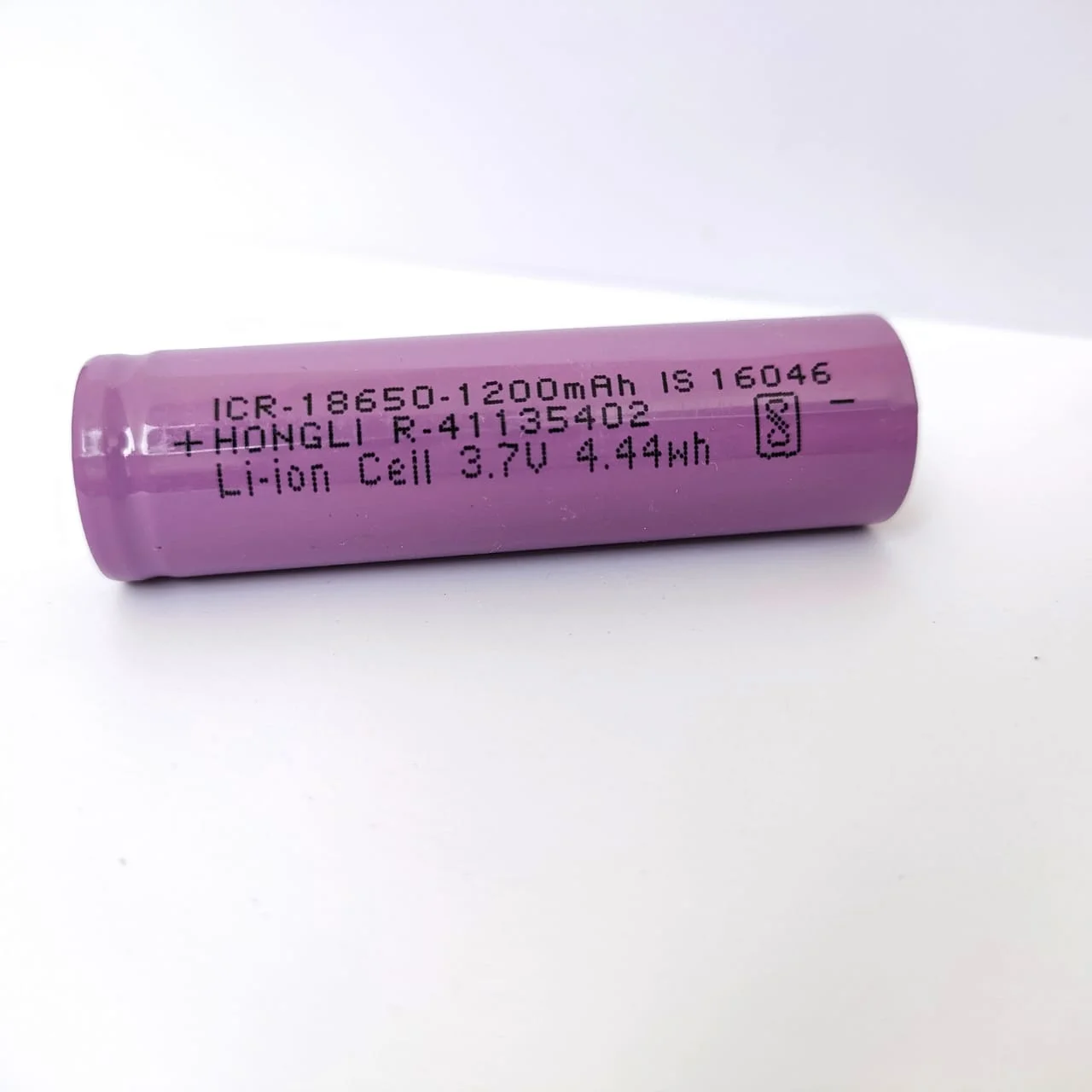Arduino is an open-source electronics platform that has gained immense popularity for its simplicity and versatility in enabling individuals, hobbyists, and professionals to create interactive and programmable electronic projects. Developed in the early 2000s by a team in Italy, the Arduino platform consists of both hardware and software components.
Here are the key aspects of Arduino:
- Hardware:
- Microcontroller Board: The heart of the Arduino platform is the microcontroller board, which is equipped with a programmable integrated circuit (IC) known as a microcontroller. The most common microcontroller used in Arduino boards is the Atmel AVR series.
- Input/Output (I/O) Pins: Arduino boards have a set of digital and analog I/O pins that allow users to connect sensors, actuators, and other electronic components.
- Power Supply: Arduino boards can be powered through USB connections, batteries, or external power sources.
- Software:
- Arduino IDE (Integrated Development Environment): The Arduino IDE is a user-friendly software development environment that allows users to write, compile, and upload code to the Arduino board. It supports a simplified version of the C++ programming language.
- Arduino Libraries: The platform provides a collection of libraries that simplify complex tasks, such as interfacing with sensors or controlling specific hardware modules.
- Programming Language:
- Arduino programming is based on a subset of C++ and is designed to be accessible for beginners. The code, referred to as “sketches,” consists of setup and loop functions, making it easy for users to understand and modify.
- Community and Ecosystem:
- The Arduino platform has a large and active community of users, makers, and developers. This community contributes to forums, tutorials, and open-source projects, fostering collaboration and knowledge sharing.
- Arduino-compatible boards and accessories are available from various manufacturers, providing a diverse ecosystem of hardware options.
- Versatility and Applications:
- Arduino is used in a wide range of applications, from simple projects for beginners to complex, interactive installations for professionals.
- It is commonly employed in prototyping, home automation, robotics, Internet of Things (IoT) projects, and educational settings to teach programming and electronics.
- Arduino Boards:
- There are various Arduino boards, each with specific features and capabilities. Some popular boards include the Arduino Uno, Arduino Nano, Arduino Mega, and Arduino Due.
- Arduino boards may differ in terms of processor speed, memory, and the number of I/O pins.
- Open Source Philosophy:
- Arduino follows an open-source philosophy, making the hardware and software specifications freely available. This openness has led to the development of numerous variants and derivatives.
- Shields and Expansion:
- Arduino shields are add-on boards that can be attached to an Arduino to provide additional functionality. For example, there are shields for motor control, wireless communication, and sensor interfacing.
Whether you’re a hobbyist experimenting with electronics or a professional prototyping a new product, Arduino offers a versatile and accessible platform for bringing your ideas to life through code and hardware integration. The combination of simplicity, a supportive community, and a vast ecosystem of components has contributed to the widespread adoption and success of Arduino in the world of electronics and programming.






